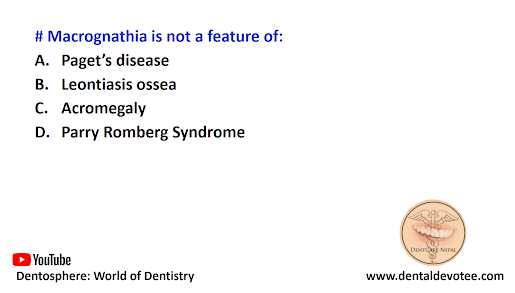# For a loose complete denture relining and rebasing can be done in which of the following condition:
A. Excessive alveolar bone loss
B. When centric relation and centric occlusion do not coincide
C. The patient is poor and cannot afford new dentures
D. More than 2 mm loss of alveolar bone height
The correct answer is C. The patient is poor and cannot afford new dentures.
Relining and rebasing Indications:
• Immediate dentures at 3 - 6 months after their original construction.
• When the residual alveolar ridges have resorbed and the adaptation of the denture basis to the ridges is poor.
• When patient cannot afford the cost of new dentures.
• Geriatric or chronically ill patients
• Centric occlusion should coincide with centric relation
Contraindications:
• Excessive amount of resorption
• Abused soft tissues are present
• Patient complains of temporomandibular joint problems
• Dentures have poor esthetics
• Dentures creating speech problems
• Severe osseus undercuts exist, until surgical removal and healing occur.







